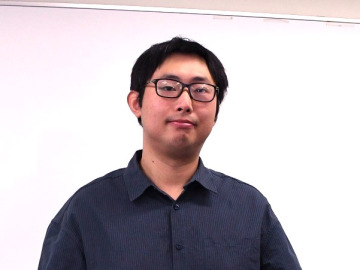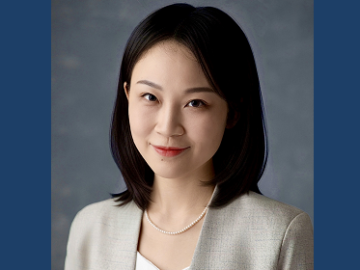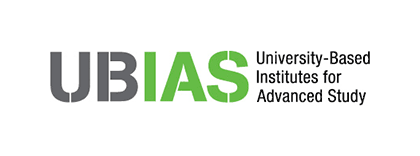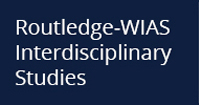
CHENG Tony, Associate Professor
What let me to the current research on the Molyneux
I am a philosopher by training, but I also have some empirical educations from various units of University of London, including KCL’s Institute of Psychiatry, Psychology, and Neuroscience, UCL’s Action and Body Lab, and Birkbeck’s Department of Psychology. I began this line of research into Molyneux’s question during my academic visiting to U. C. Berkeley back in 2014. Dr. Valerie Morash, who unfortunately passed away in 2017, had an interesting conversation on this with me during my time at Professor Martin Banks’ lab. The historical Molyneux’s question is roughly this: can congenitally blind subjects visually identify shapes in front of them right after being made to see? Back in 2011, Richard Held and colleagues published “The newly sighted fail to match seen with felt,” which generated many discussions concerning the relevant methodology, and Val (Dr. Morash) kindly discussed these issues concerning the empirical version of Molyneux’s question with me. She insisted that her contribution was not enough to make it for the authorship, so my first paper on the Molyneux was single-authored. I regret that I did not insist to include her as a co-author for that 2015 paper. In that one, I argued that there might be insurmountable obstacles to testing Molyneux’s question empirically, as the challenge for sight (from 2D to 3D) and the challenge for touch (from 3D to 2D) exactly point to the opposite directions. After that, I published a sequel in 2020, as an invited book chapter, though it was properly peer-reviewed. In that one I connected empirical studies on somatosensory spaces – including neutral, thermal, and nociceptive touch – to the conceptual version of Molyneux’s question. Recently, I published the third paper on this topic, detailing the structural correspondence between sight and touch. This recent one is also primarily on the conceptual version of Molyneux’s question. In a nutshell, I tentatively argue for the negative answer to the empirical/clinical version of Molyneux’s question, due to the 2D/3D difference; and for the positive answer to the conceptual version of this question, given the structural correspondence between sight and touch.
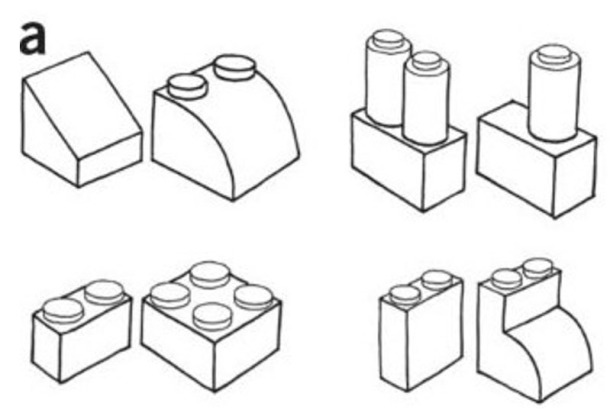
Figure 1: The kind of stimuli used in the experiment just cited; taken from Held et al. (2011) “The newly sighted fail to match seen with felt” Nature Neuroscience, 14. Although these stimuli are big enough in the experiment, it is argued that displays on computer screens are not realistic for those who just regained their partial sight.
Concrete research activities on related multisensory issues
Philosophy is often methodologically solipsistic: we tend to conduct philosophical studies by ourselves, even if we do have many discussions and exchanges of ideas along the way. In my case, the 2015 paper was a collaboration with Dr. Morash. The second, 2020 paper was based on collaborations with Professor Patrick Haggard and colleagues, especially Dr. Antonio Cataldo. The most recent, 2024 one was done mostly by myself, but the materials in it owe much from discussions with both philosophers and empirical scientists. At WIAS, I have not conducted this line of research in the first few months, but during the monthly meeting presentation I received very useful feedbacks from Dr. Alexander Stokes, who specialises in integrability, geometry, and mathematical phenomenology. We will see if fruitful collaborations can stem from this exchange.
In seeking collaborations at Waseda and beyond, I have established academic connections to two research groups, led by Professor Katsumi Watanabe and Professor Hiromitsu Miyata respectively. I have also given a guest lecture at Professor Rayna Azuma’s biological psychology lectures. Moreover, I have become a member of Waseda Philosophy Research Group recently, led by Professor Masahiro Morioka. Outside Waseda, I have collaborations with Keio University’s Research and Educational Center for Natural Sciences, and Hokkaido University’s Center for Human Nature, Artificial Intelligence, and Neuroscience. It is hard to say in what ways and to what extent these interactions will contribute to my concrete research activities, but philosophy tends to take longer time to flourish, so I am still figuring out how to make the most of it for investigating Molyneux’s question, amongst other things.
Expected research findings on structural correspondence
Relatedly, it is difficult to tell what findings are expected, given the nature of research in the humanities. What can be anticipated is that I will perhaps focus more on the conceptual version of Molyneux’s question during my time at WIAS. The key distinction between the empirical version and the conceptual version, or clinical cases and thought experiments, is how we interpret the phrase “made to see” in the Molyneux-Locke correspondence. If the congenitally blind subjects are made to see through real-world surgeries, then it is a clinical problem, and perceptual learning must be involved. If they are made to see by imagined, perfect surgeries, then it becomes a conceptual problem. As much I would like to pursue the clinical line, there are many practical constraints that need to be taken into account. The conceptual line, by contrast, is much more feasible. I expect to further explore the tactile field hypothesis, according to which there are certain structural correspondence between sight and touch; more specifically, both of them exemplify sensory fields that host spatial representations in analogous ways (Cheng, 2019, 2024). Most likely, during my time at WIAS, the major expected research findings would be about the exact nature of such structural correspondences between sight and touch, or more concretely, between visual and tactile Gestalts.
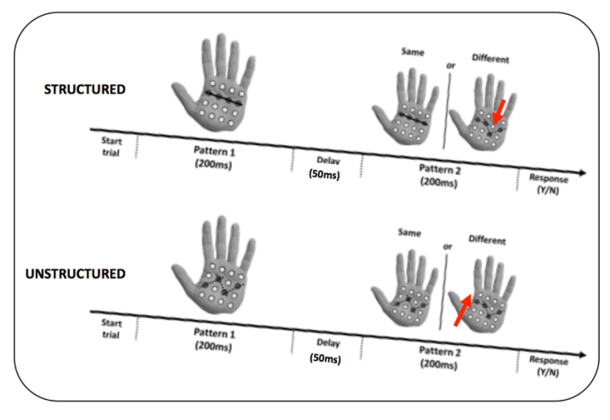
Figure 2: Examples of tactile Gestalts and change detection; made by Antonio Cataldo. Participants tend to do much better when the stimuli are changed from structured to unstructured.
Future aspirations: animals, infants, and AI systems
As for research in the future, there are several directions I might pursue. To begin with, animal cognition is an obvious resource. Other animals, such as chicks and bumble bees, have been used to test Molyneux’s question. In the past century, there were developmental studies of infants that are designed to test Molyneux’s question. In the era of AI, I will try to explore the possibility of connecting this research to AI and robotics. For example, if we have powerful enough AI to simulate the Molyneux’s situation, it would be interesting to see how such AI systems would react. Relatedly, if the relevant AI systems can be implemented with an artificial body, the robots might react to the Molyneux’s tasks in ways we do not expect. In carrying out these future plans, new collaborations are called for. At this point I am contacting the Institute for AI and Robotics at Waseda to see if they can provide a platform for the above plan, though it can be expected that this kind of connection is difficult to create, as many researchers would wish to conduct plans with AI and robotics. My own research will not rely on the success of making such a connection, but it would indeed be helpful if this line of investigation can be supported by other units at Waseda.

Figure 3. Experimental settings for cross-modal recognition in chicks; taken from Versace et al. (2024) “First-sight recognition of touched objects shows that chicks can solve Molyneux’s problem” Biology Letters, 20.
This completes my informal introduction of this line of research. The real academic contents can be found in the three papers I wrote in the past decade. I hope the above sketch gives the readers a flavour of what Molyneux’s question is, how I have attempted to contribute to the literature, and how philosophy can collaborate with other academic disciplines to make progress with regard to this interesting and difficult question.
References
- Cheng, T. (2015). Obstacles to testing Molyneux’s question empirically. i-Perception, 6, 1-5
- Cheng, T. (2019). On the very idea of a tactile field. In Cheng, T., Deroy, O., and Spence, C. (eds.) Spatial senses: Philosophy of perception in an age of science. Routledge.
- Cheng, T. (2020). Molyneux’s question and somatosensory spaces. In Ferretti, G. and Glenney, B. (eds.) Molyneux’s question and the history of philosophy. Routledge.
- Cheng, T. (2024). Structural correspondence in Molyneux’s subjects. Philosophy and the Mind Sciences, 5, https://doi.org/10.33735/phimisci.2024.11572

